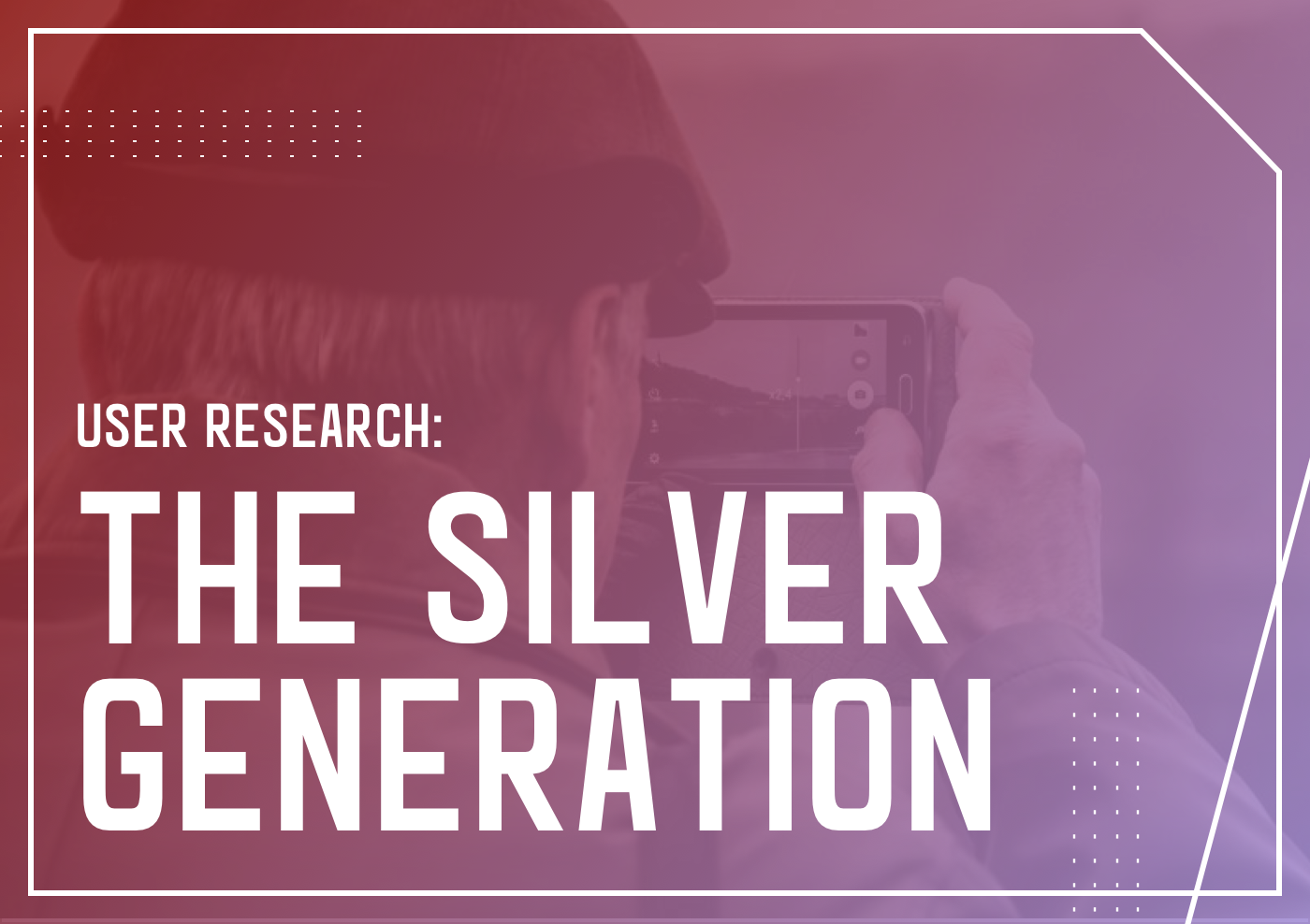When was the last time you sat down with an elderly, be it your parents, or grandparents, and tried helping them learn a new app? Everyone who has been there, done that, can recognise how frustrating this process can be, for both the elderly and the guider, as they enter a world totally new to them. Some things we consider self-explanatory may require a large effort of explanation to them. But with advancing technology, we must, “move forward together towards being a smart nation”
Just months before, we were commissioned by an organization of educators to design an event-based responsive web for the elderly. Right, there are so many website/apps out there that caters for group events, meet ups and joining courses, so what makes it different? Here’s the twist, gamification. Think Candy Crush, think Bejeweled, something that is engaging for the elderly to eased them into the smart-gadget era.
On Research
Apart from studying the current trends on gamified apps and web designs, we catered a significant portion of our research on studying the elderly and how they behave in the smartphone era. Weighing between our users’ perspective – designing what’s best for them, and the client’s business goals, we concluded that our designs mustn’t be complicated, so we do not confuse the elderly. Text, fonts, and colours are all crucial. Spanning over a period of 3 weeks, we conducted research interviews, analysed the data and documented our reports. The interview involved a total of 21 elderly ranging from 50 – 70 years old.
Partnering with our client, we conducted the user research through a range of both qualitative and quantitative methods.
1. Online Survey
Our designers invigilated the activity in a classroom and provided guidance when problem arises. We set questions to allow the elderly to pick their preferred fonts, colours and style. There were also open-ended questions to better understand their browsing habits and social media engagements.
2. Face-to-face interviews
Similarly, we sat down with a couple of elderly and spoke to them to understand more on their browsing behaviour, the problems they encountered when using a certain app, or what they generally like about an app they use often. We were fortunate enough to be paired with elderly who were actively engaging in the conversation and very expressive in sharing their experiences.
As some of the participants identify as organisers of events from neighbourhood community centres, we were able note down on important details from their leadership experiences, such as rewards scheme and get a glimpse of how organising and participating an event works for them.
The biggest challenge we faced when conducting the research are getting the right users. Our target audience are a niche, tech-savvy bunch of elderly who are exposed to using mobile applications or social media platforms and know about them. However, some of the participants in the research conducted were not familiar with either and do not know how to access a website. We had to match the users we interviewed to the target audience we are looking for. For the online survey conducted, we had a general group of elderly instead of the specific audience, so extra effort to filter them is required to capture the data accurately.
These research helped us in understanding how we should approach the design, consider the difficulties they faced using other web/apps to ensure we do not do the same.







